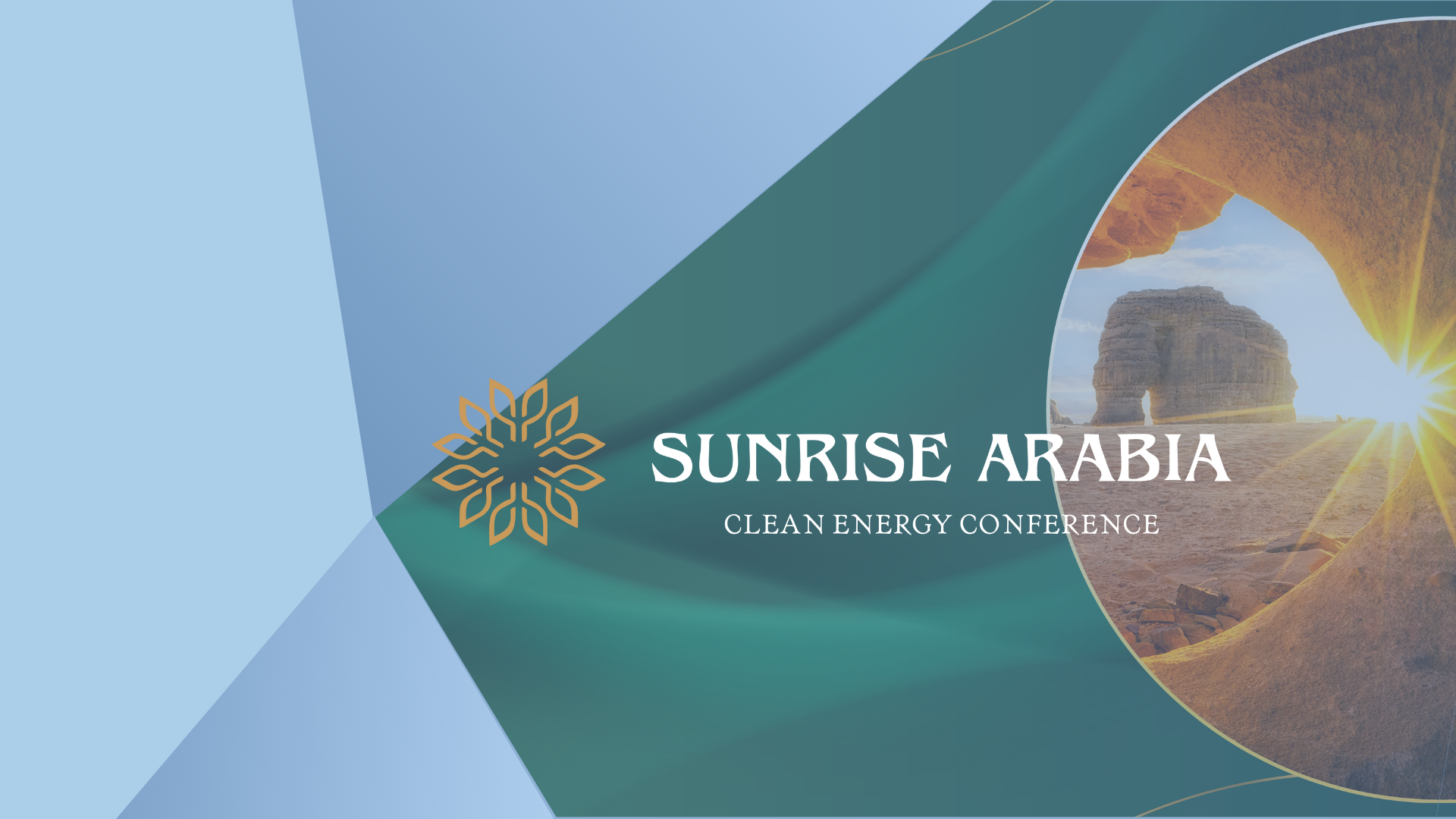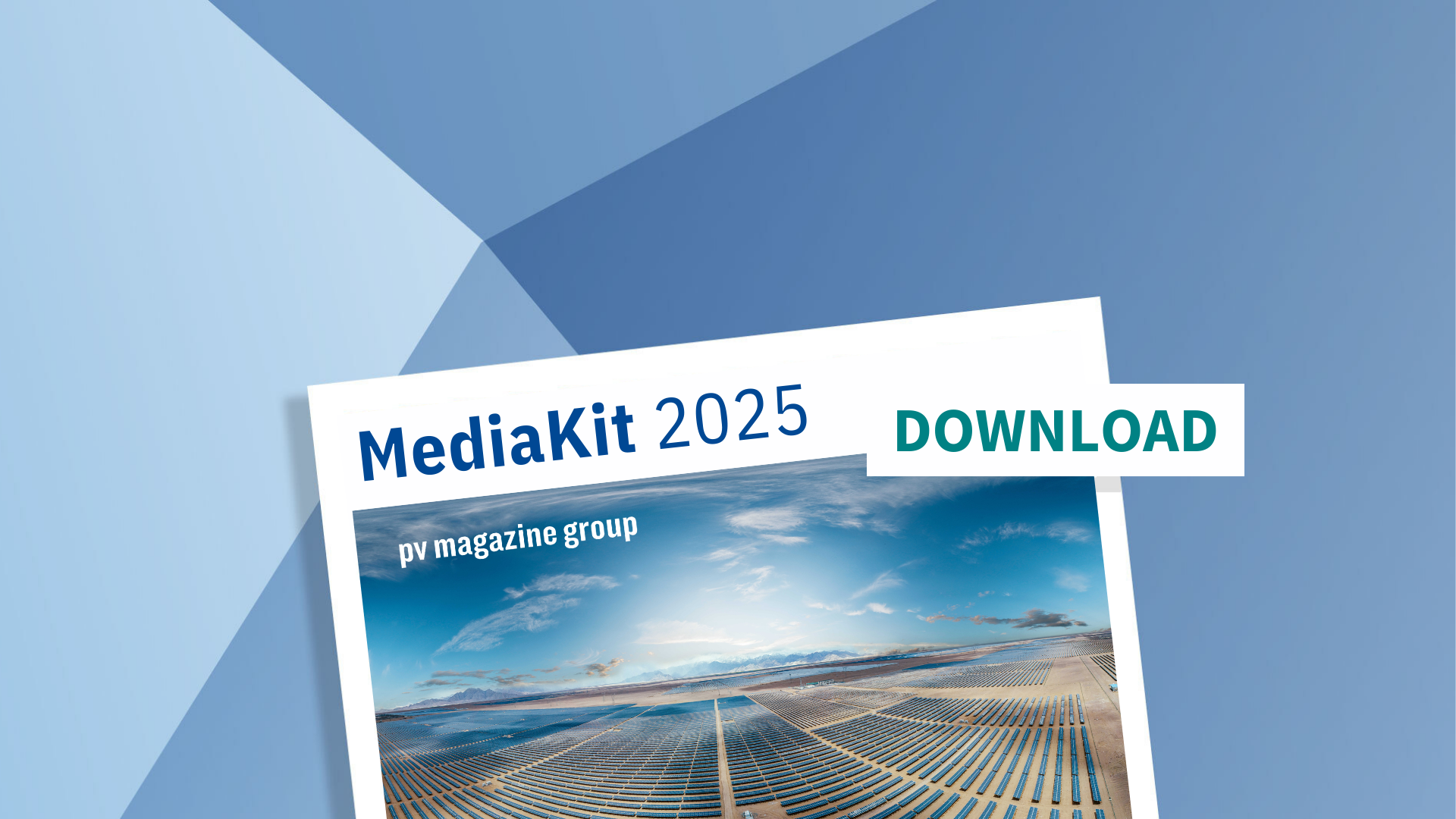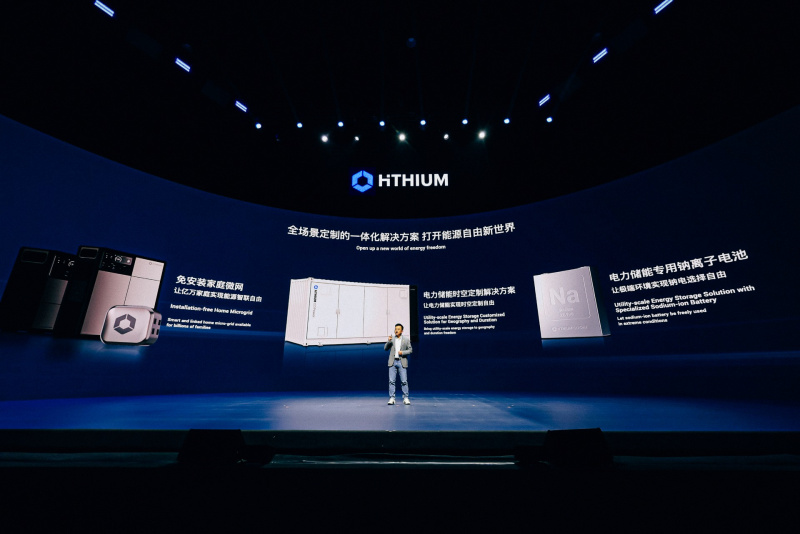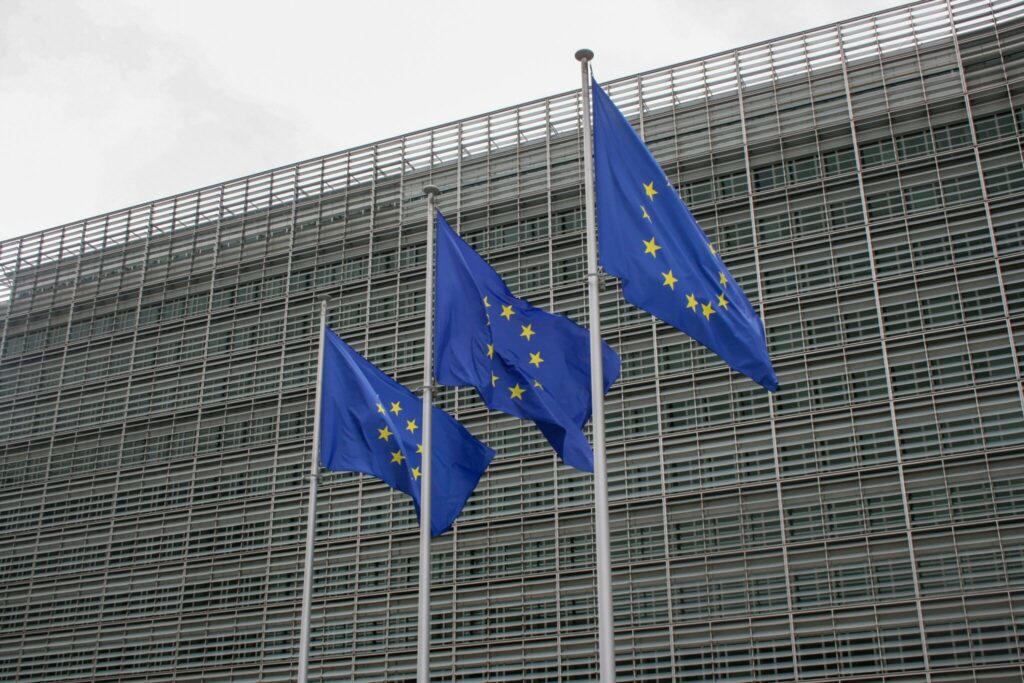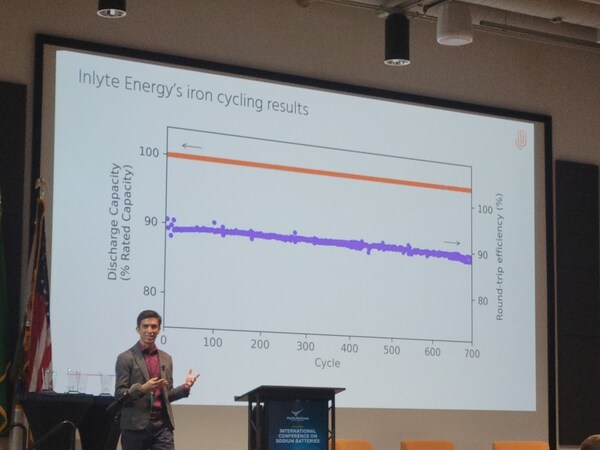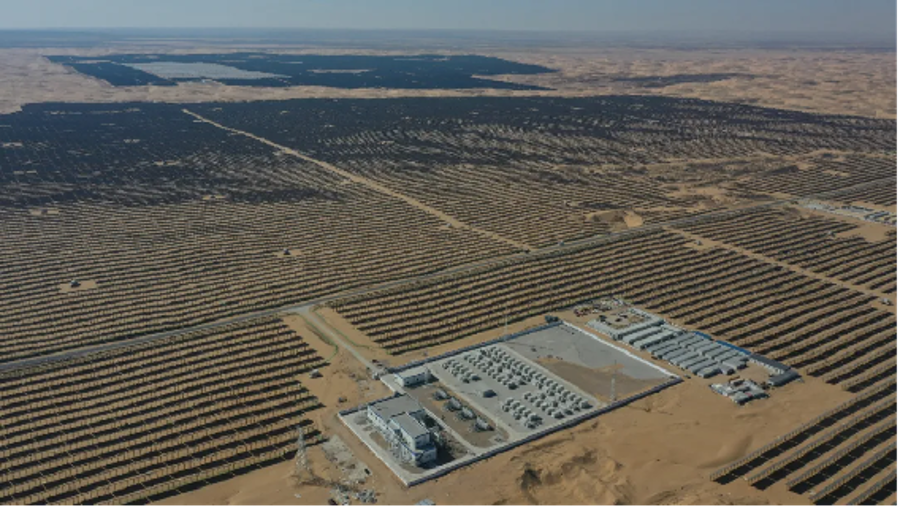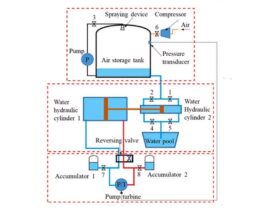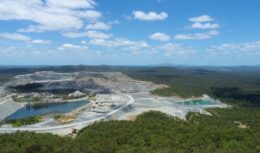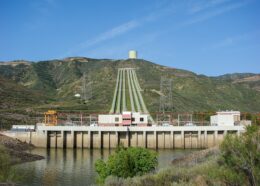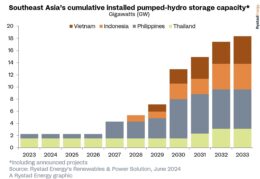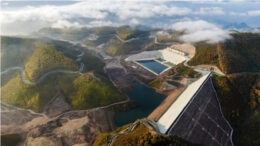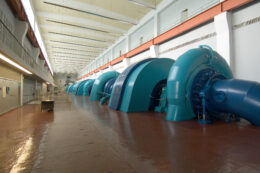Subsea pumped storage tech secures funding from US, German governments

The US and German governments have approved grants to the tune of $7.7 million to unleash the power of the ocean for renewable energy storage.
US-based Sperra has been awarded a $4 million grant by the from the US Department of Energy Water Power technologies Office to advance innovation in pumped storage hydropower technologies.
In this project, Sperra, which specilizes in 3D-printed concrete products, including wind turbine towers and anchors for floating solar, wave and wind energy systems, will design, fabricate, and test a 10-meter diameter, 500 kW / 600 kWh energy storage unit at a depth of 500 to 600 meters off the coast of Southern California. (According to a release from Fraunhofer IEE, the figures are a bit different – it is a nine-meter diameter, 0.5 MW/ 0.4 MWh system).
Sperra will manufacture the 400-ton concrete sphere using 3D printing, thereby lowering the cost of manufacturing by replacing labor-intense process of traditional concrete construction. The sphere will have an opening at the top into which an underwater motor pump, also known as a pump turbine, will be installed in a pipe.
The US funding unlocks a parallel grant on the opposite side of the Atlantic from the German Ministry for Economic Affairs and Climate Action (BMWK) amounting to $3.7 million (EUR 3.4 million). German institute for energy economics and energy system technology Fraunhofer IEE and supplier of submersible motor pumps, thrusters, and plunger pumps PLEUGER Industries are funding beneficiaries.
The collaborative work aims to develop a low-cost, long-duration, subsea energy storage technology that supports electrical grid decarbonization. The partners are aiming for the system off Long Beach near Los Angeles to be put into operation by the end of 2026 at the latest.
“Subsea pumped storage hydropower (SPSH) with 3D-printed concrete will accelerate the energy transition, employing local labor and using immediately available materials. We are very excited about the international collaboration on this project with Fraunhofer IEE and PLEUGER, and are grateful that the Water Power Technologies Office recognizes the tremendous potential of this work,” said Jason Cotrell, CEO and Founder of Sperra.
Different approach
Deep sea pumped hydro storage is a novel approach towards the realization of an offshore pumped hydro energy storage system (PHES), which uses the pressure in deep water to store energy in hollow concrete spheres. The spheres are installed at the bottom of the sea in water depths of 600 m to 800 m.
The work on this technology in Germany was initited by the German Fraunhofer Institute in 2012 under the name – the StEnSea (Stored Energy in the Sea) project. After a successful field test with a smaller model in Lake Constance (below image: Field test with a three-meter sphere in Lake Constance, source: Fraunhofer IEE), the researchers are now preparing a test run with partners off the Californian coast.

Their original StEnSea system consists of two main components. One is a hollow concrete sphere representing the storage tank and the other is the cylindrical technical unit holding the pump turbine, a controllable valve and the components of the Supervisory Control and Data Acquisition (SCADA) system. The technical unit is removable and can be recovered separately, which facilitates maintenance and repairs.
An empty sphere corresponds to a fully charged storage unit. Opening the controllable valve enables water to flow through the technical unit into the sphere. The inflowing water drives a turbine and a generator that feeds electricity into the grid. This represents the discharging phase of the storage system. Recharging is achieved by pumping the water out of the sphere against the surrounding water pressure using energy from the grid.
The techno-economic assessment showed that the StEnSea system is cost competitive with conventional pumped hydro energy storage (PHES). While the exploitation of PHES often raises environmental issues due to land demand and its impact on the water regime, there are no major restrictions expected for the StEnSea technology. Another advantage is the modular set up that is achieved by combining several StEnSea units to a plant. This increases the flexibility of the plant and therefore the range of possible applications.
“Pumped storage power plants are particularly suitable for storing electricity for several hours to a few days. However, their expansion potential is severely limited worldwide. Therefore, we are transferring their functional principle to the seabed – the natural and ecological restrictions are far lower there. In addition, the acceptance of the citizens is likely to be significantly higher,” explains Dr. Bernhard Ernst, Senior Project Manager at Fraunhofer IEE.
Previous analysis of coastal marine areas has revealed numerous potential locations for deploying this technology globally, including off the coasts of Norway, Portugal, the US East and West Coasts, Brazil, and Japan. The technology is also suitable for deep natural or artificial lakes, such as flooded open-pit mines, further expanding its application potential, according to the technology proponents.
According to Sperra, the US is the largest market for marine-pumped hydroelectric storage with over 7.5 TW/75 TWh of net technical potential in the Atlantic, Pacific and Gulf of Mexico, which is more than two times the US closed-loop pumped storage hydropower technical potential onshore (3.5 TW and 3,500 TWh).

